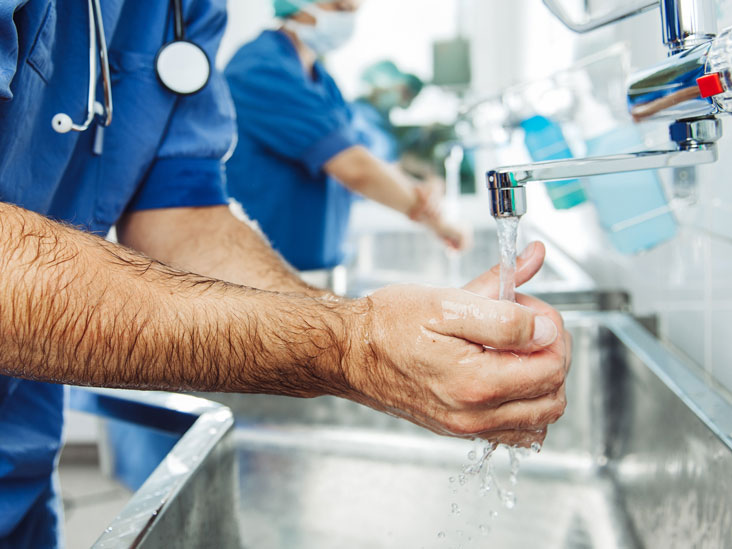


The knob underneath adjusts the amount of gas going into the burner tube. Firmly attach the hose to the tapered gas line.If you can’t seem to get your burner lit, ask your instructor or IA if the main gas control is on.

It is essential that you grasp these skills before you proceed to working with actual microorganisms. Part I - Procedures for Practice "Organisms"Īfter you have practiced these procedures several times your instructor or IA will assess your proficiency. The longer your organism is exposed to the air, the more opportunities there are for it to get contaminated and/or to contaminate you, your lab partners or your equipment. It is imperative that you do this quickly and safely. You will spend a lot of time in lab transferring organisms from one tube to another, or to slides or to plates. One of your main concerns when working with microorganisms is to avoid producing aerosols that you can breathe in and droplets that can land on you, your lab partners, and your lab equipment. Each of you have your own loop and tubes, but you will be sharing a Bunsen burner and other lab equipment. Do not stretch over the table for what you need. You need to have all your materials close to you. You need to have your workspace well organized. Wash your hands before leaving the lab.Decontaminate your lab bench with disinfectant such as Cavicide© before and after lab.Anything that has been in contact with microorganisms must be disinfected with a disinfectant such as Cavicide© or autoclaved. Discard contaminated material in the appropriate container.Place your backpacks on the floor where you or someone else will not trip over them. The only thing on your lab bench should be the equipment you are working with and your lab book.Leave all food and drink in your backpack.handle biohazard spills and dispose of biohazard materials.aseptically transfer organisms from broth/plate cultures using BSL 2 procedures.
#Types of asepsis manual#
Plate to Broth Transfers Using BSL2 ProceduresĪseptic technique involves developing both manual dexterity in safely handling the microorganisms and mental dexterity in thinking ahead about what you are doing with the microorganism.Plate to Plate Transfers Using BSL2 Procedures.Part II - Procedures for BSL2 Organisms.Broth to Plate Transfers Using BSL2 Procedures.Broth to Broth Transfers Using BSL2 Procedures.Part I - Procedures for Practice "Organisms".BSL2 – “suitable for work involving agents of moderate potential hazard to personnel and the environment” (CDC website).BSL1 – “suitable for work involving well-characterized agents not known to consistently cause disease in healthy adult humans, and of minimal potential hazard to laboratory personnel and the environment” (CDC website).Complete documentation is available at the CDC website. We follow the safety guidelines established by the Center for Disease Control and Prevention (CDC). In this lab you will be learning standard microbiological procedures appropriate for Biosafety Level (BSL) 1 and Biosafety Level (BSL) 2 precautions. Many of our former students comment that this is the most important thing they learned in lab! The skills and awareness you develop practicing aseptic technique will carry over to your career as a health professional. Proper and appropriate aseptic technique is vitally important for the safety of all lab personnel it is also essential for the successful completion of the lab portion of this class. Many of the microorganisms we will be working with in lab are known pathogens.

#Types of asepsis free#
Aseptic - “an environment or procedure that is free of contamination by pathogens”īauman, Robert W.


 0 kommentar(er)
0 kommentar(er)
